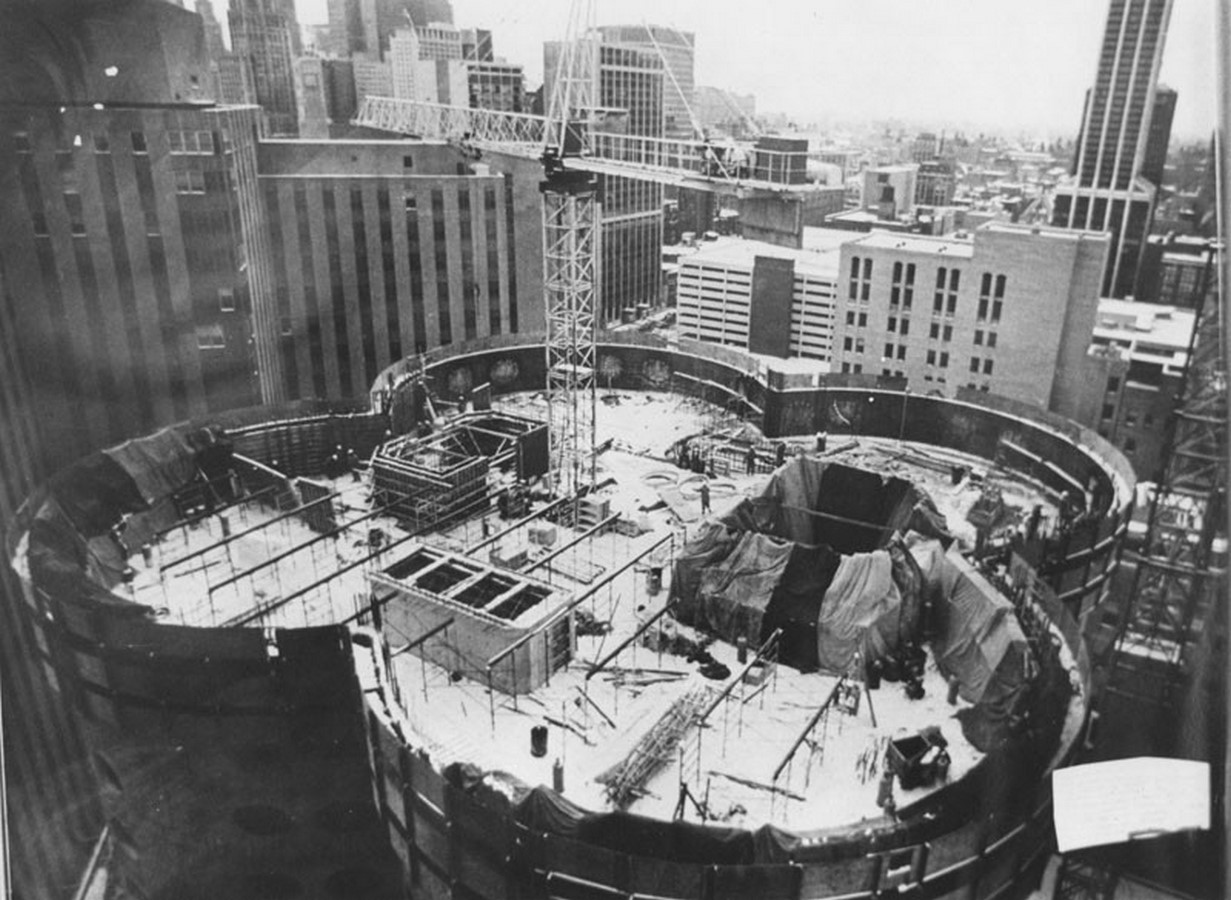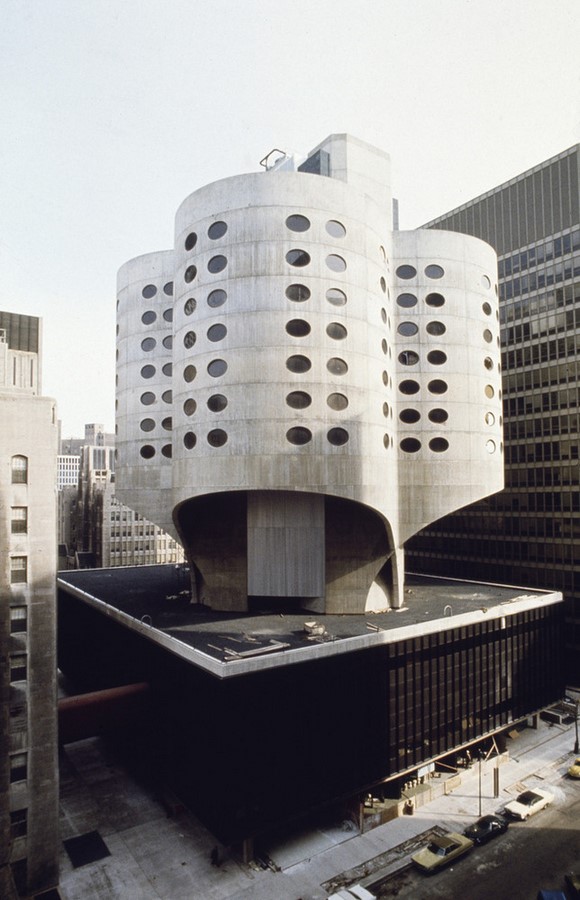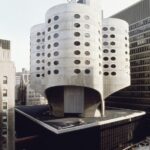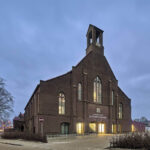Designed by Bertrand Goldberg in 1975, the Prentice Women’s Hospital stands as a testament to innovative hospital architecture. Unlike traditional hospital buildings, Goldberg’s creation defied convention, showcasing a distinctive plinth-and-tower form that prioritized flexibility and human interaction.
Interior-Driven Design
Goldberg’s design philosophy centered on allowing interior requirements to dictate the exterior form. The hospital’s layout featured a tower atop a rectilinear plinth, with the lower floors housing surgical suites, research labs, and dining areas. The plinth’s flexibility accommodated potential changes in medical technology, while the tower’s fixed structure catered to patient care, inspired by anthropological studies on human spatial interaction.

Fostered Social Bonds
The tower’s ‘four leaf clover’ plan divided each floor into communities, promoting social connections among patients. Radial corridors facilitated chance encounters, enhancing the hospital experience. Patients were equidistant from nurses’ stations, ensuring efficient care delivery and creating a sense of community within the facility.
Innovative Structural Solution
Goldberg’s vision required load-bearing walls without external columns, a feat achieved through cutting-edge aeronautics software. This pioneering structural approach enabled cantilevered walls from the building’s core, a technique unparalleled at the time. The result was a striking concrete form that defied architectural norms.

Architectural Influence
Prentice Women’s Hospital epitomized architectural trends of the early 70s, drawing inspiration from Brutalism, humanistic design principles, and the Metabolist movement. Goldberg’s synthesis of these influences created a landmark structure that transcended traditional hospital design.

Demise and Legacy
Despite its architectural significance, Prentice Women’s Hospital met a tragic fate. Northwestern University demolished the building in 2013 to make way for a biomedical research facility. Despite efforts to preserve it, including proposals from renowned architects, the hospital’s legacy lives on in architectural discourse, a testament to Goldberg’s visionary approach to healthcare design.






